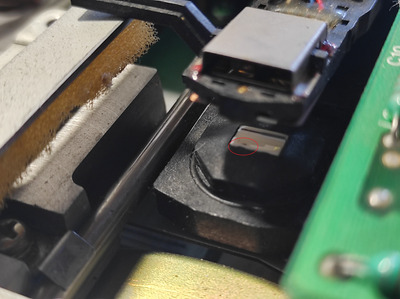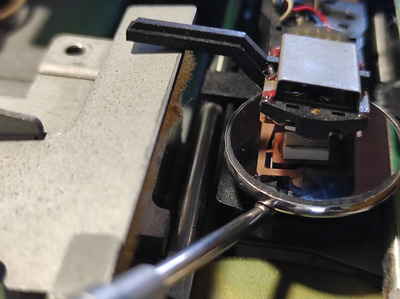The one you had problems with is an Alps, looks to be made on licence (or it's just a clone?) from Shugart Associates because it's very similar to their SA455/465 series. And these were early half-height models that did not eject the floppy as you noticed.
I'd say it's matter of preference. What do you need, exactly? Looks? As in, clean - go for the clean one. Old look or specific color to match a case? Pick the yellow one or the oldest one. Feel? What do you like (apparently not the lack o eject, so I guess Alps is out)?
Some drives are more quiet than others. More modern (mid-90') drives use less power (just one or two SMD chips), and usually are easier to service mechanically but are not really repairable electronics-wise. You'd need to swap entire PCBs from a donor drive instead. But they usually offer superior heads and amplifiers, can read weak floppies better. Or maybe you want the sounds?
If you want reliability then newer drives are better (except the very last models from 3.5" family, those were meant to be cheap and were assembled with little care to detail and a lot of cost cutting). PC floppy drives rarely die from overuse, and even diry ones can be cleaned and repaired, but obviously clean ones that had little use should be higher on your list.
As for TEACs, I like them, easy to service, pretty common so parts can be swapped, but there are some differences between various generations. Not all of them are indentical, for example later models have different heads. Also TEACs do have their own issues like the "sponges" on the clamping arm falling apart. Once those rip off or compress peremanently there isn't enough pressure applied on the top of the floppy sleeve - that can result in vibrations that generate noise, and sometimes affect the uppper head pressure and how well it reads. TEACs are nice but they are not peferct drives.
Of all these that SD-600 is probably the newest model, but I'm not quite sure when Epson started manufacturing that series. If in doubt (and when looking for newer models) look at the head cables. Newer models will have FFCs (flat flex cables) instead of the older round ones. These are more fragile so be careful cleaning around them but they come with newer heads, and most likely also more modern chips on the PCB. That's not to say older heads are considerably worse, a HD drive will have HD head, there isn't that much difference between them (unlike very old SD/DD heads).

